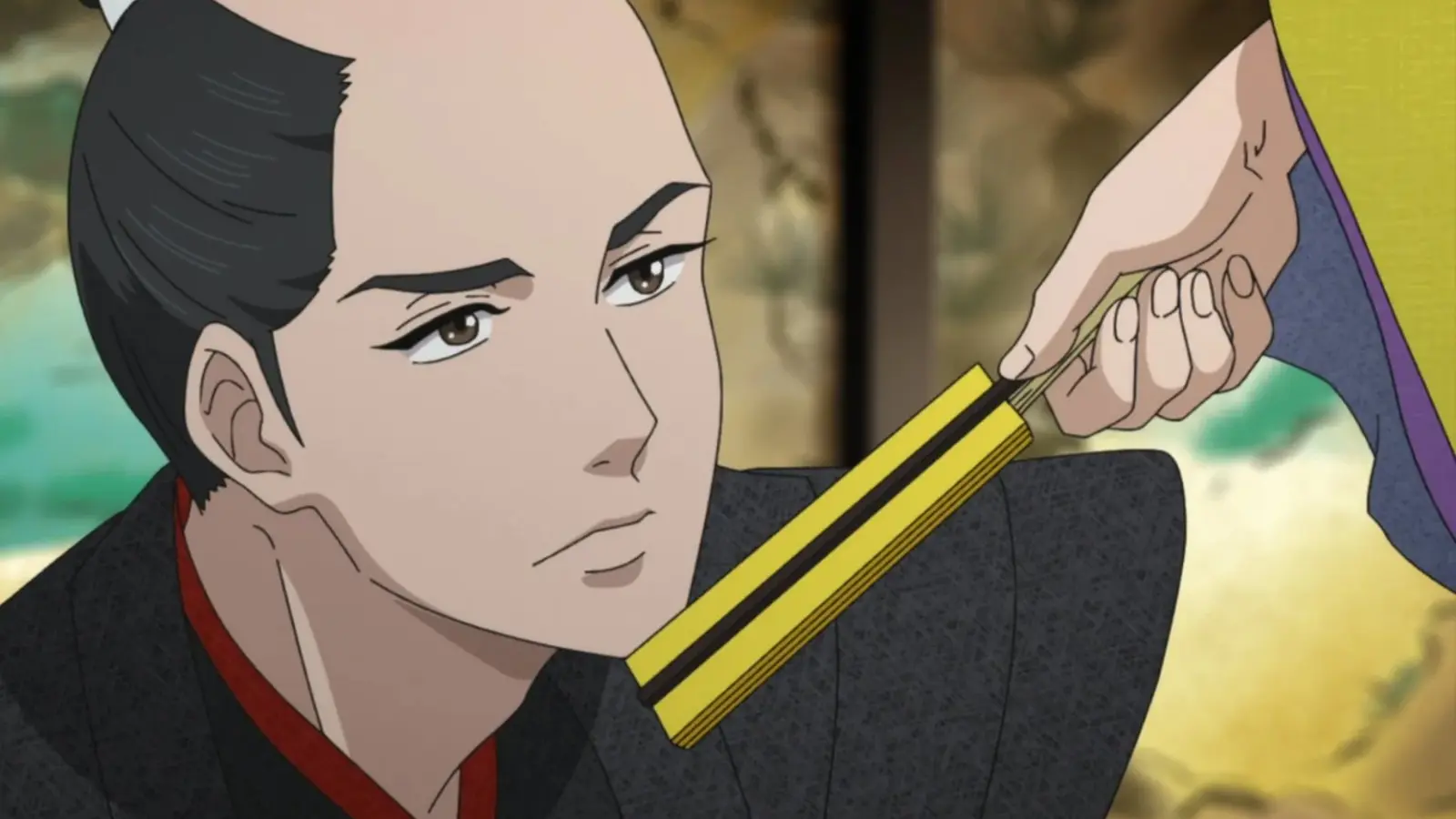5 Minutes
Unexpected Riches in a Familiar Trope
Harem anime has long been dismissed as a niche romance subgenre, but on Netflix it’s quietly evolving into one of the streaming service’s most interesting veins of palace drama. Far from being only about romantic competition or fanservice, modern harem stories mine the world of court intrigue — secret alliances, shifting hierarchies, and conspiracies — turning opulent palaces into pressure cookers for politics, identity, and moral choices.
What Makes Harem Anime a Unique Kind of Court Drama
Court Intrigue Beyond Pleasure and Procreation
At surface level, a harem’s purpose may read as pleasure and succession for an emperor or empress. But that frame is only the stage for a far larger ecosystem: courtesans, servants, administrators and eunuchs who together sustain a hidden power network. Who gets access, who is barred, and who is never allowed to leave are not just plot conveniences — they are the engines of tension and dramatic stakes that propel series forward.
Newcomers, Old Guards, and Shifting Orders
Typical story arcs place new arrivals against an entrenched old guard. Fresh faces must learn the pecking order, deploy unique skills, and carve out influence; veterans respond with sabotage, manipulation, and sometimes violence to preserve what they’ve built. This conflict produces rich open-ended narratives about survival, ambition, and identity.
Comparisons and Broader Context
Harem anime’s mix of romance and political maneuvering invites comparison with Western palace dramas like Bridgerton or The Crown — though the tone and cultural shorthand differ. Where Bridgerton foregrounds social romance and The Crown centers statecraft, harem anime often blends personal rivalries with explicit explorations of gender, class, and ritual. Within anime, echoes of court intrigue can be found in older works such as The Rose of Versailles and in reverse-harem titles that invert the gender dynamics and emotional focus.

Industry Trends and Fan Reception
Netflix’s investment in diverse anime catalogs has helped expose harem narratives to global audiences. Fans appreciate the genre’s capacity for layered storytelling: what looks like a love triangle often unfolds into a political thriller with moral ambiguity. Online communities dissect costume designs, palace layouts, and implied historical inspirations — all proof that harem anime sparks both aesthetic fandom and serious discussion.
Behind the Scenes and Creative Notes
Production teams frequently research historical court protocols, architecture, and clothing to create atmospheres that feel lived-in and plausible. Music choices—ranging from minimal chamber scores to sweeping orchestral themes—also shape the genre’s cinematic identity, making scenes of quiet plotting as compelling as open conflict.
Critical Perspectives
Some critics argue the genre risks romanticizing oppressive systems or reducing complex characters to archetypes. Yet many contemporary writers and directors push back, using the harem setting to interrogate consent, agency, and power. The most successful titles balance melodrama with political nuance, ensuring that every flirtation or alliance carries real consequence.
"Harem anime is a fertile ground for exploring power in microcosm," says cinema historian Marko Jensen. "When executed well, the palace becomes a laboratory for human behavior: ambition, loyalty, betrayal, and resilience all play out in concentrated form, which is why these shows have started to resonate with international viewers."
Recommendations and Quick Picks
For viewers curious to explore the trope, look for titles that foreground worldbuilding and political stakes over pure romantic comedy. Seek out series praised for costume design, layered plotting, and strong supporting ensembles.
Conclusion: Why You Should Give Harem Anime a Chance
If you’re a fan of richly plotted television — where character, setting, and politics collide — harem anime on Netflix is worth a closer look. These series turn the gilded cage of the palace into a dynamic narrative field where every favor, rumor, and appointment can change the balance of power. Seen through that lens, what might once have seemed trivial becomes a compelling study of human ambition, vulnerability, and survival.
Source: thoughtcatalog


Leave a Comment